The artful field journal: the ideal field kit
materials list
Any sketchbook, notebook, or journal you already have will work for this class
Any pen and/or pencil you like for note taking
THE ARTFUL FIELD JOURNAL: THE AMAZING DOUBLE PRIMARY COLOR WHEEL
MATERIALS LIST
Any sketchbook or journal you have can work for this class. It is recommended to use a journal that opens flat, with pages thick enough to handle watercolors. It also works fine to use single sheets of watercolor paper.
No. 2 or HB pencil
A 1-quart yogurt container lid (or a compass)
Any type of watercolor brushes. A No. 4 or 6 round (or a “water brush”) are recommended.
Any type of paint. Tube watercolors are recommended, but any type of watercolors, tempera, acrylics, or colored inks, can all work. What is VERY important is that you have these six specific colors to create your color wheel:
1. Quinacridone rose, quinacridone pink, or permanent rose (purple-biased red)
2, Cadmium red or pyrrol scarlet (orange-biased red)
3. Ultramarine blue (purple-biased blue)
4. Phthalo blue, or manganese blue, or cerulean blue (green-biased blue)
5. Lemon yellow, or cadmium yellow pale, or hansa yellow light (green-biased yellow)
6. Hansa yellow deep or cadmium yellow deep (orange-biased yellow)Palette for color mixing. This can be a plastic lettuce bin lid, a paper plate covered with saran wrap, a china plate, or a traditional paint palette, if you have one.
Water container filled with water for painting
Paper towels or rags
THE ARTFUL FIELD JOURNAL: AUTUMN LEAVES IN WATERCOLOR
MATERIALS LIST
Any sketchbook or journal you have can work for this class. It is recommended to use a journal that opens flat, with pages thick enough to handle watercolors. It also works fine to use single sheets of watercolor paper.
No. 2 or HB pencil
Any type of watercolor brushes. A No. 8 or 10 round and a No. 3 or 4 round (or a “water brush”) are recommended.
Any type of paint. Tube watercolors are recommended, but any type of watercolors, tempera, acrylics, or colored inks, can all work.
Palette for paint mixing. This can be a plastic lettuce bin lid, a paper plate covered with saran wrap, a china plate, or a traditional paint palette, if you have one.
Spray bottle for water, if you have one.
Collected autumn leaves of varied types and colors.
THE ARTFUL FIELD JOURNAL: ADDING LAYERS AND DETAILS TO YOUR AUTUMN LEAVES WITH INK, GOUACHE AND COLORED PENCIL
MATERIALS LIST
Any sketchbook or journal you have can work for this class. It is recommended to use a journal that opens flat, with pages thick enough to handle watercolors. It also works fine to use single sheets of watercolor paper.
No. 2 or HB pencil
Light yellow or cream and light green colored pencils, if you have them.
Writing pen. Pigma Micron in black or sepia is recommended.
Any type of watercolor brushes. A No. 8 or 10 round and a No. 3 or 4 round (or a “water brush”) are recommended. An angle shader or short flat or filbert is also useful for this class, if you have one of these.
Any type of paint. Tube watercolors are recommended, but any type of watercolors, tempera, acrylics, or colored inks, can all work.
Tube of white gouache paint (not watercolor) and any other gouache colors you may have.
Palette for paint mixing. This can be a plastic lettuce bin lid, a paper plate covered with saran wrap, a china plate, or a traditional paint palette, if you have one.
Collected autumn leaves for observation. You may also use photographs as a reference.
THE ARTFUL FIELD JOURNAL: PAINTING WINTER FLORA WITH WATERCOLOR AND GOUACHE
MATERIALS LIST
Any sketchbook or journal you have can work for this class. It is recommended to use a journal that opens flat, with pages thick enough to handle watercolors. It also works fine to use single sheets of watercolor paper.
No. 2 or HB pencil.
Any type of watercolor brushes. A No. 8 or 10 round and a No. 3 or 4 round (or a “water brush”) are recommended. An angle shader or short flat or filbert is also useful for this class, if you have one of these.
Light yellow or cream and light green colored pencils, if you have them.
Writing pen. Pigma Micron in black or sepia is recommended.
Any type of paint. Tube watercolors are recommended, but any type of watercolors, tempera, acrylics, colored inks, will work.
Tube of white gouache paint (not watercolor) and any other gouache colors you may have.
Palette for mixing paint. This can be a plastic lettuce bin lid, a paper plate covered with saran wrap, a china plate, or a traditional paint palette, if you have one.
Paper towels or rags.
Container filled with painting water.
Evergreen foliage, winter berries, holly, pine cones, or any type of cones, will all be helpful for observation and painting. Photos can work too.
Optional: any type of glitter, Pearl-Ex sparkle powdered pigments, metallic ink or paint, and/or Finetec or Coliro Pearl Colors.
